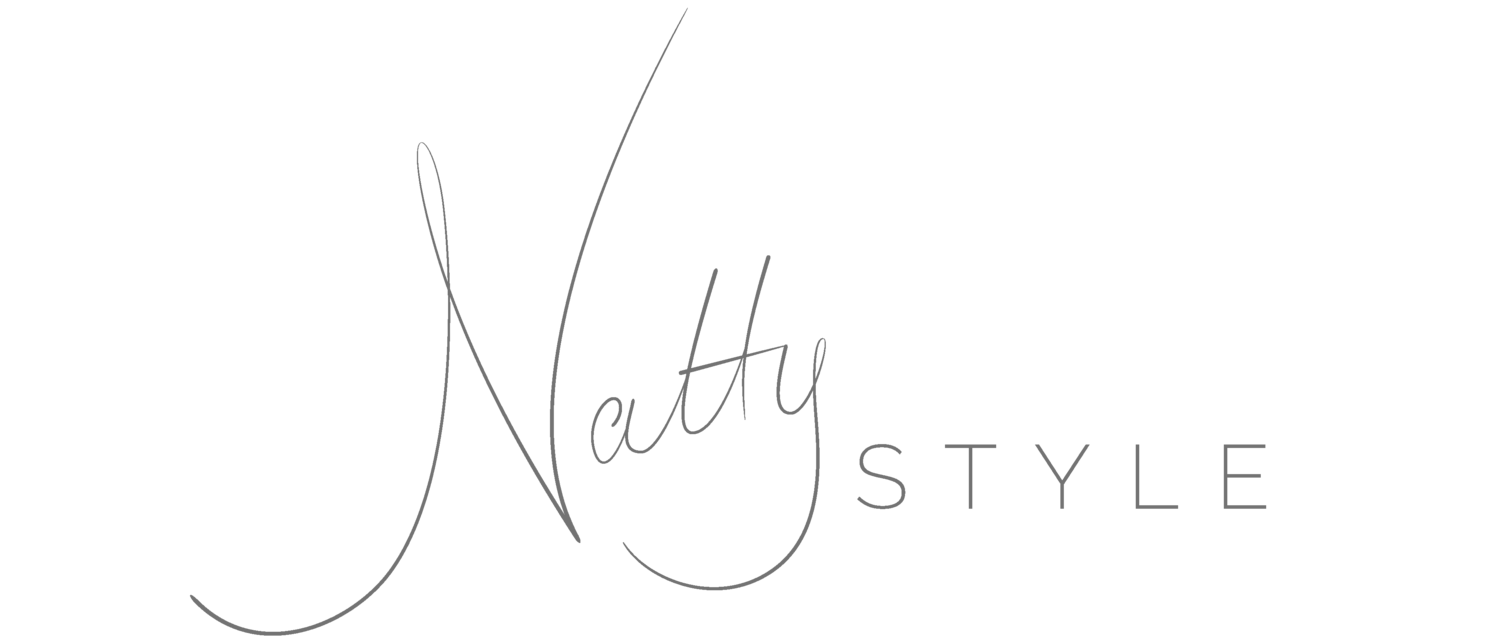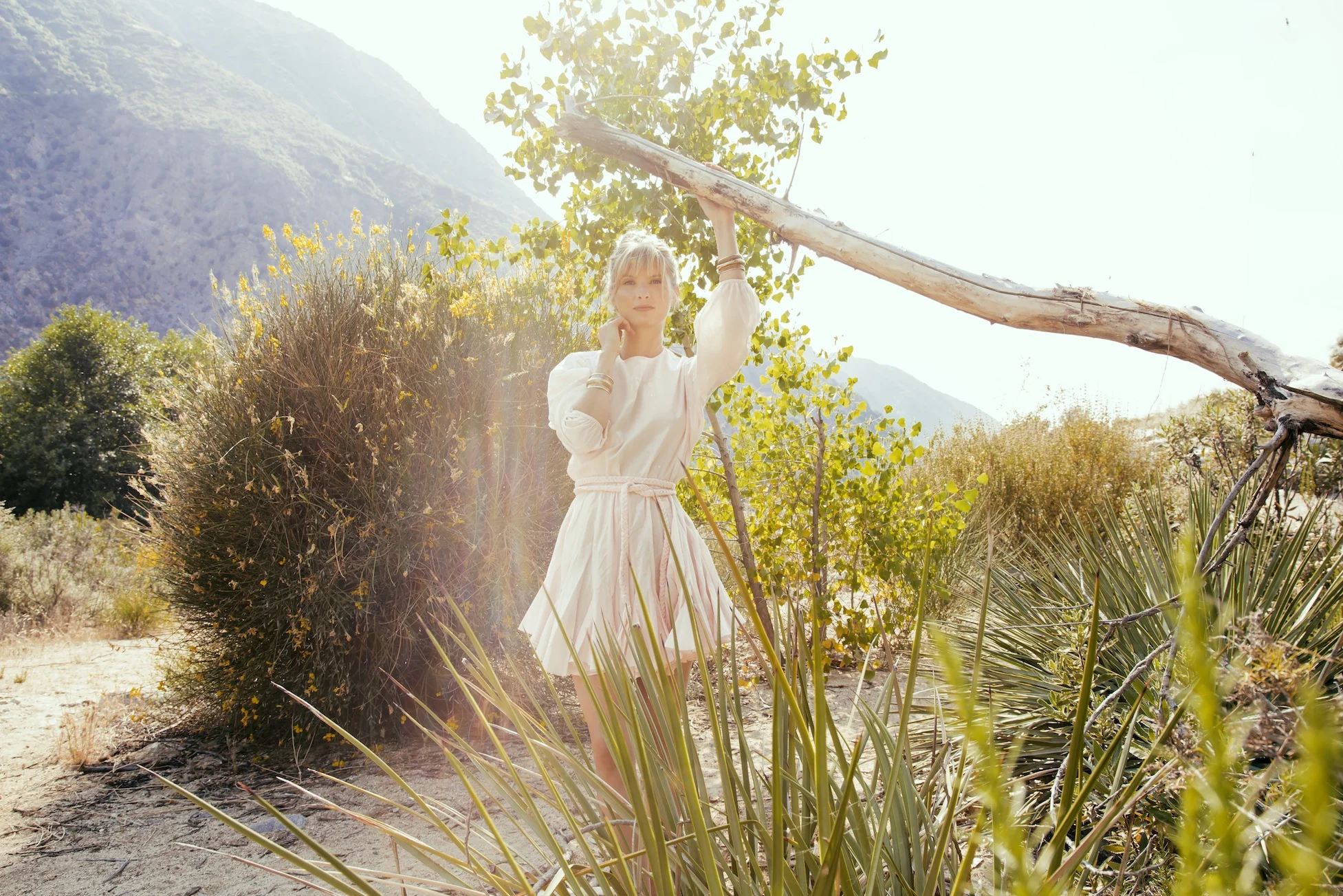Written for PUBLIC GOODS
Much like their eating habits (eat a little of everything, enjoy it, balance over dieting) or drinking habits (don’t be afraid of wine, just don’t get drunk), French women seem to have a handle on effortless beauty. And I don’t mean just the appearance of effortlessness, I mean actually spending less energy and time on a complicated beauty routine, and somehow appearing naturally beautiful.
After a recent week in Paris surrounded by fresh faced beauties of all ages, I became curious. What IS behind that fresh Frenchie glow?
My own paternal family is French-Belgian, so I began thinking back on the lessons of my grandmother and aunts, and the years of reading French beauty magazines growing up. Partial credit for that “Frenchie glow” is due to a cultural lean toward prevention and maintenance, rather than trying to “fix” problems like wrinkles or sun spots once the damage has been done.
I remember my grandmother shielding me from harsh cleansers as a child by insisting that I take twice daily bird baths to clean “the important bits” rather than a full bath that could dry out my delicate skin. Hair washing was reserved for when hair was “ready” vs habitual — a trend that has only recently caught on in the U.S. and allows hair to regulate itself naturally without a vicious cycle of stripping and rehydrating.
My grandmother’s biggest beauty secret: “Happiness creates beauty. Happiness and a bit of a tan.”
But did she ever have a sunburn? Of course not, thanks to regular applications of sunscreen and a giant straw hat.
In French teen magazines, you’ll find more advice on nourishing and protective oils and sun creams than makeup techniques. It’s rare that you’ll see an overly made-up teen, although she may already be perfecting a nightly skincare routine. At all ages, French women seem to treat makeup as occasional vs essential, allowing their skin to breathe between days of wearing a full face.
Eavesdropping in a pharmacy in Le Marais a few weeks ago, I overheard the pharmacist suggest that a shopper try washing her face with a gentler, oil-based cleanser, rather than purchasing the harsh acne ointment she had in her hand.
“You don’t need this, don’t punish your skin,” she insisted to the shopper, who walked out empty handed but presumably empowered. When it comes to French beauty I realized it’s not always about what you put on your skin as what you don’t. Preventing skin damage and gently tending to healthy skin creates beauty that’s easier to maintain and requires less corrections and therefore fewer products.
An American standard of beauty focuses on matching coveted features (high cheekbones, big eyes, etc), therefore complicated beauty regimens involving eyeliner, bronzers and highlighters are popular; a-la Kim Kardashian’s alleged 50-step contouring routine.
While this practice may not be the norm for all American women, it offers a stark contrast to French pop culture icons throughout the ages. Stars from Brigitte Bardot and Catherine Deneuve to today’s Carine Roitfeld, Carla Bruni-Sarkozy and Charlotte Gainsbourg. Sure, they’ll rock a smokey eye or a red lip as well as the next girl, but a complicated display of eyeshadow and facial contouring they will not. However, before you go cursing our culture and praising French women for making it look so easy, they also have a leg up.
Unfortunately for Americans, many of our skincare and beauty products may actually be doing more harm than good. Our system of regulation for beauty is frighteningly loose, allowing for thousands of recognized toxic ingredients to be used legally and without disclosure of side effects.
Last year the European Union banned over 1,300 known toxins from their beauty products, where the United States banned a mere 30. Yes, you read that right… 30. That means the U.S. regularly uses chemicals like isopropyl (SD-40) that may cause brown spots, polyethylene glycol [PEG] that can increase signs of aging or seemingly innocent mineral oil, whose coating blocks skins ability to eliminate toxins, leading to premature aging.
But more frightening are the endocrine disrupting parabens, pthalates linked to cancer or the popular moisture absorbing ingredient, talc (used in many powdered cosmetics), that is often laced with asbestos. All of these are banned from any and all beauty products in the EU; high-end or low-end, making “clean” beauty de rigeur as opposed to a luxury.
It’s easy to pop into a French drugstore and walk out with armfuls of trusted, clean beauty products, and that is just what most French women do. Beauty products are picked up alongside your prescription from the pharmacy and toothbrush. Or in my case, picked up en-masse during my occasional visits and warranting a checked bag just to haul back “essentials” for myself and my American friends.
Unfortunately, finding toxin-free beauty in the states requires a decent amount of research and awareness. Even brands that may appear to be “safe” may not be as clean as you think.
Beauty terminology and marketing in the U.S. is as unregulated as the ingredients themselves. So words like clean, natural and even organic are not properly defined, resulting in misleading labeling. While I don’t think twice before grabbing a new sunscreen in France, I always check apps like Think Dirty or diligently cross check ingredients online before bringing anything to the checkout counter in the U.S.
That’s not to say that everything they sell is flawless, so it is important to familiarize yourself with ingredients to avoid and those to recognize as safe in any country, but especially here in the states. The EWG’s beauty database is a great resource, but finding brands you know you can trust is the simplest way to feel confident in what you’re putting on your skin.
PHOTOS BY: Eneida Cardona (makeup by Erica Sauer)












3 tips for choosing the perfect shade, the brands that DON’T work and the ones that do. Plus my personal curated collection to keep you polished for every season!